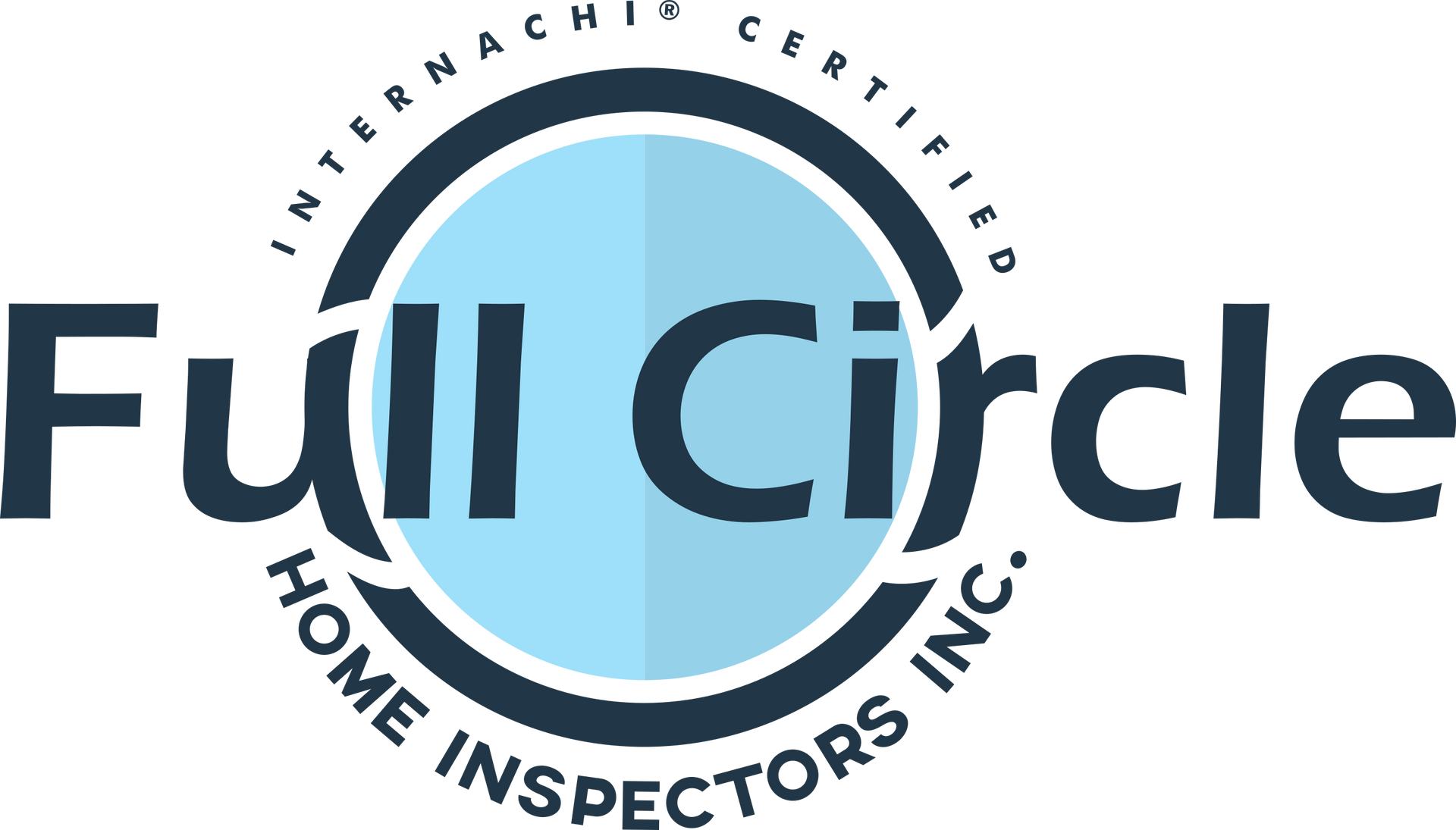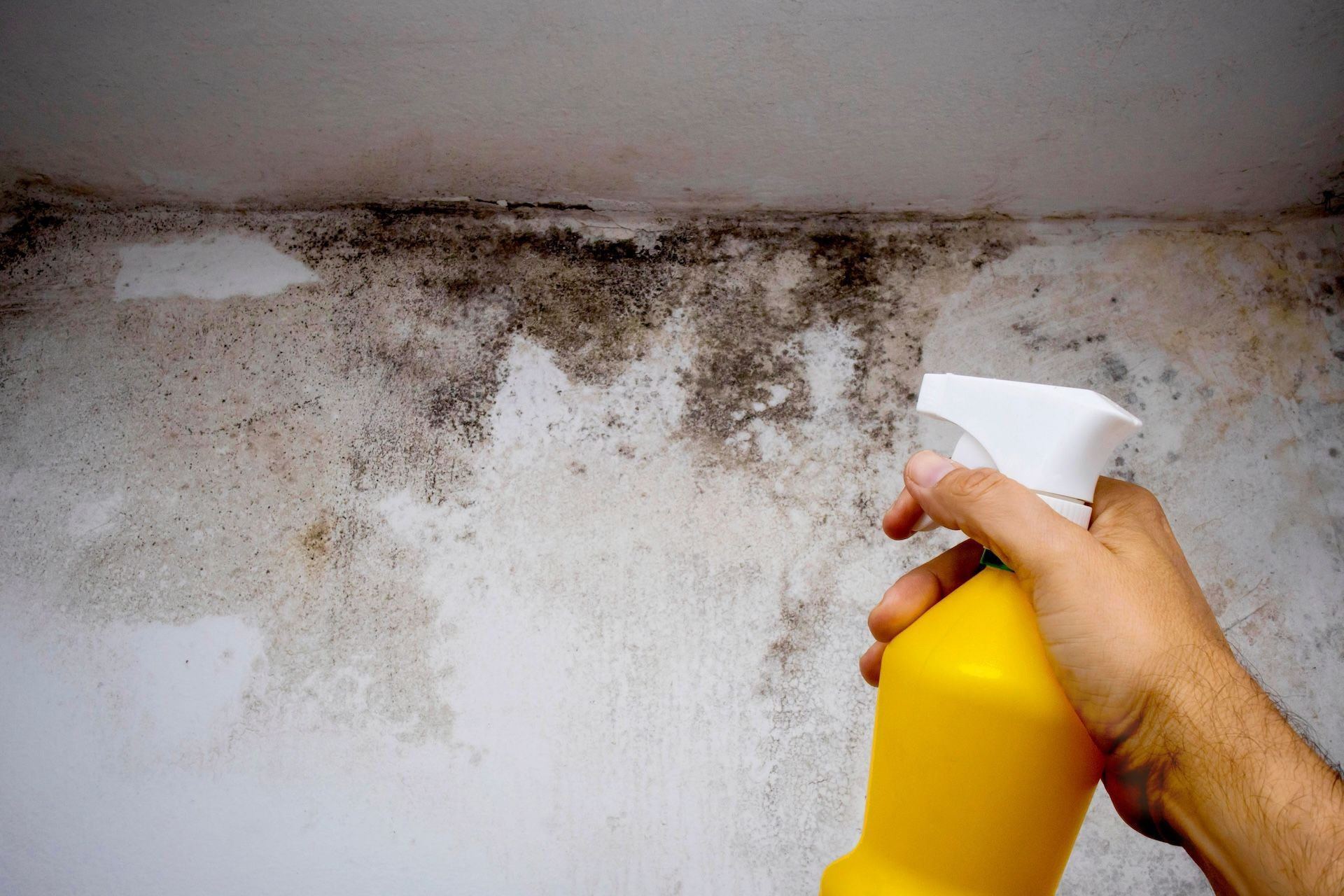What Are the Common Reasons for 4 Point Inspection Failures?
Did you know many Florida homeowners are surprised by issues uncovered during their 4-point inspection—often discovering roof, electrical, plumbing, or HVAC problems that could delay or deny insurance coverage?
This shows how important these inspections are when it comes to keeping a home safe and insurable. If you’re buying a home or renewing your homeowner’s insurance, understanding why inspections fail can save you time, money, and frustration.
A 4 point inspection focuses on four key areas of a home: roofing, plumbing, electrical, and HVAC (heating, ventilation, and air conditioning). Insurance companies often require this inspection for older homes, usually 30 years or older, to determine whether the property is safe to insure. Failing in any one of these categories can mean denied coverage or higher premiums.
In this article, we’ll explain the most common reasons for 4 point inspection failures and provide practical tips on how to avoid them.
1. Roofing Issues
The roof is one of the most common reasons for 4 point inspection failures. Since it protects the entire home, insurance companies pay close attention to its age and condition.
Common roofing problems include:
- Age of the roof: If your roof is over 15–20 years old, insurance companies may see it as a risk, even if it looks fine.
- Leaks or water damage: Missing shingles, cracked tiles, or soft spots signal potential leaks.
- Improper installation: A poorly installed roof can shorten its lifespan and increase risks.
- Visible damage: Curling shingles, rusted flashing, or mold buildup can raise red flags.
👉 Tip: Regular maintenance and timely roof repairs can help avoid costly failures during your inspection. If your roof is nearing the end of its lifespan, consider replacing it before scheduling your 4 point inspection.
2. Outdated Electrical Systems
Electrical systems are another major area where homes fail inspections. Older wiring and panels can create fire hazards and raise insurance concerns.
Frequent electrical issues found include:
- Aluminum wiring: Common in homes built in the 1960s and 70s, it poses a high fire risk.
- Knob-and-tube wiring: An outdated method that is no longer considered safe.
- Overloaded panels: Panels with double-tapped breakers or insufficient amperage can lead to electrical fires.
- Improper DIY repairs: Amateur fixes, like loose wiring or missing junction boxes, will almost always result in failure.
👉 Tip: Hire a licensed electrician to inspect and update your system before your 4 point inspection. Upgrading panels and replacing old wiring will not only improve safety but also increase the likelihood of passing.
3. Plumbing Problems
Plumbing may not always be visible, but it plays a major role in whether you pass or fail. Insurance companies are especially cautious because water damage claims are among the most expensive.
Common plumbing issues that cause failures include:
- Polybutylene pipes: Used between the late 1970s and mid-1990s, these pipes are prone to bursting and are usually flagged.
- Galvanized steel pipes: These corrode over time, causing leaks and reduced water flow.
- Leaky pipes or fixtures: Active leaks, water stains, or corrosion signal problems.
- Old water heaters: Most insurers require water heaters to be less than 15 years old.
👉 Tip: If your home has outdated piping, consider repiping with copper or PEX. Replacing an old water heater before your inspection can also prevent failure.
4. HVAC System Concerns
The HVAC system ensures the home’s comfort and air quality, but it also plays a big role in passing a 4 point inspection. Insurance companies want to know the system is safe, functional, and not a liability.
HVAC problems that lead to inspection failures include:
- Old units: Systems older than 20 years are often flagged, even if they’re still running.
- Lack of central air or heating: Some insurers won’t cover homes without a working system.
- Visible damage: Rust, leaks, or broken parts suggest poor maintenance.
- Improper installation: Incorrectly installed ductwork or systems can impact efficiency and safety.
👉 Tip: Schedule regular HVAC maintenance and replace aging systems before they become a reason for inspection failure. A new unit may also lower your energy bills.
Why Do Insurance Companies Care About 4 Point Inspections?
Insurance companies use 4 point inspections to assess the risk of insuring an older home. If your systems are outdated or unsafe, the chance of costly claims—like fire, water damage, or roof collapse—goes up. By identifying risks ahead of time, insurers protect themselves, and homeowners get a chance to improve their property.
How to Prepare for a 4 Point Inspection
Passing your inspection is easier if you take some proactive steps:
- Do a self-check: Walk through your home and look for obvious issues like leaks, broken shingles, or exposed wiring.
- Schedule routine maintenance: Regularly service your roof, plumbing, electrical, and HVAC systems.
- Replace outdated systems: If you know your pipes or electrical panel are outdated, update them before the inspection.
- Hire professionals: DIY fixes often fail inspections. Rely on licensed contractors for proper repairs.
Keep records: Save receipts, warranties, and service records to show inspectors and insurance companies proof of maintenance and upgrades.
Final Thoughts
Failing a 4 point inspection can delay your insurance approval and add unexpected repair costs. The most common reasons for failure include roofing problems, outdated electrical systems, faulty plumbing, and aging HVAC units. By understanding these risks and making repairs in advance, you can greatly improve your chances of passing the inspection the first time.
Call Full Circle Home Inspectors today to schedule your professional 4 point inspection and ensure your home is ready for coverage.
FAQs About Home Inspection Red Flags
What is the difference between a home inspection and a 4 point inspection?
A home inspection is a full review of the entire house, while a 4 point inspection focuses only on the roof, plumbing, electrical, and HVAC systems.
Do I need a 4 point inspection if my home is new?
No, these inspections are usually required for homes that are 30 years or older, but some insurers may ask for one on newer homes with known issues.
How long does a 4 point inspection take?
Most take about 30 minutes to an hour, depending on the size of the home and the condition of its systems.
Can I fail a 4 point inspection?
Yes. If your home has outdated or unsafe systems, you may fail. However, you can fix the issues and schedule a re-inspection.
How much does a 4 point inspection cost?
The cost varies by location and inspector.
Disclaimer: The information on this website and blog is for general informational purposes only and is not professional advice. We make no guarantees of accuracy or completeness. We disclaim all liability for errors, omissions, or reliance on this content. Always consult a qualified professional for specific guidance.







